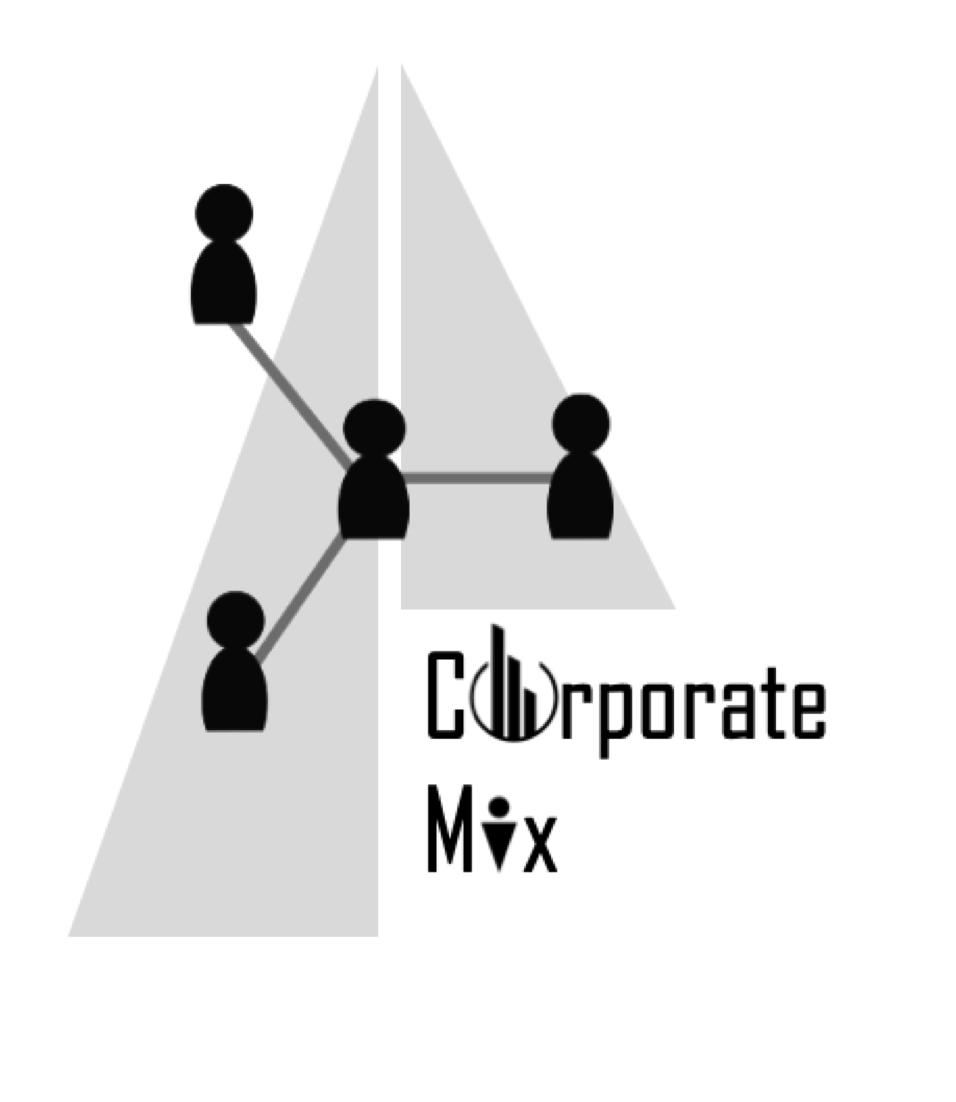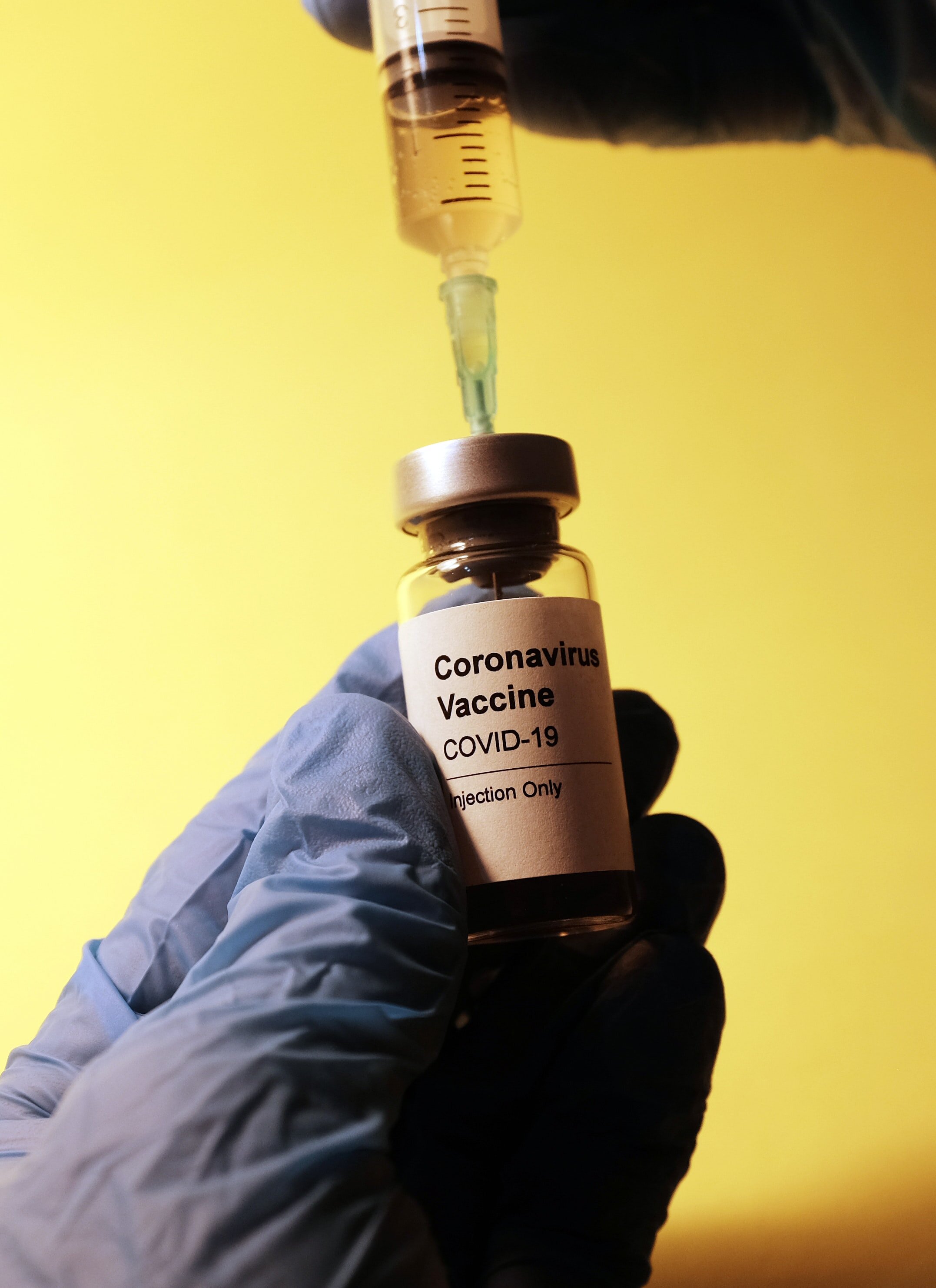
Norovirus Vaccine Modeling
Norovirus is the number one cause of diarrheal disease globally, including in the critical first year of life. With the control of rotavirus through vaccination, norovirus is now the most common cause of severe diarrheal disease in children in many countries. Vaccines for norovirus are promising and multiple products are moving rapidly through the development pipeline. But, development of effective vaccines for norovirus will face multiple challenges. Noroviruses are highly genetically diverse and rapidly evolving. Immunity is limited in breadth and duration. And, the whole age range -- from babies to the elderly in nursing homes -- is affected. In this project, we are developing a norovirus transmission and vaccination simulator. We are conducting analyses across biological scales of the within-host, epidemiological and evolutionary dynamics of norovirus to inform the data-driven model of norovirus vaccination. Our aim to guide vaccine design and, ultimately, implementation.

GlobalMix
The rates and patterns of social mixing differ across cultures. But, there has been no standardized multi-site study of social mixing patterns in low and middle-income countries. Data are needed from these regions so that realistic models can be developed. Using two methods, we are studying contact patterns in rural and urban areas in Guatemala, Pakistan, India and Mozambique. Participants in the GlobalMix are keeping diaries in which they write down their social contacts. A group of participants are also wearing proximity sensors which collect highly detailed data on contacts made in households. This study will lead to more realistic models infectious diseases and for evaluating interventions like vaccination.

CorporateMix
We often think about the health impacts of influenza. But, pandemics also have the potential to disrupt business operations and can even affect the global economy. In the CorporateMix project, we are studying the social contact patterns of participating employees from a number of large companies in the United States. Like in GlobalMix, contacts are being recorded using diaries and wearable proximity sensors. We will use these data to develop infectious disease models and to assess the effectiveness of strategies such as teleworking to slow the spread of a influenza pandemic.

Vaccine Impact Modeling Consortium
The VIMC coordinates the work of several research modelling the impact of vaccination programs worldwide. Coordinated by Imperial College London, the VIMC delivers sustainable, efficient, and transparent approach to generating disease burden and vaccine impact estimates. We contribute estimates of rotavirus vaccine impact for over 100 low and middle income countries to the VIMC. To do this, our dynamic model of rotavirus transmission simulates the impact of vaccination at different coverage levels on child deaths and illness.

Total Effects of Rotavirus Vaccination
The main benefit of a vaccine it to prevent disease from the vaccine's target pathogen. In this way, rotavirus vaccination prevents rotavirus infection thereby averting cases of severe diarrheal disease. After rotavirus vaccines are added to a country's routine immunization program, rotavirus diarrheal hospitalizations and death tend to dramatically decline.
But, vaccines can also have benefits against outcomes aside from its main target. For example, vaccines may also be able to reduce antibiotic resistance, or at least reduce over-prescribing of antibiotics. In this project, we are investigating if rotavirus vaccination can impact antibiotic prescribing and resistance. We are conducting a large cohort study constructed from IBM Watson MarketScan medical claims databases. We're using machine learning to see if vaccinating kids against rotavirus can also reduce the number of antibiotics that they are prescribed and their risk for antibiotic-resistant infections.

Nursing Home Mix
The spread of disease is normally discuss within the context of the general population but communal living spaces and healthcare facilities can facilitate rapid disease transmission. In the Nursing Home Mix project, we are studying the social contact patterns of participating employees from several nursing homes in Georgia. Like in GlobalMix and CorporateMix, contacts are being recorded using diaries and wearable proximity sensors. We will use these data to develop infectious disease models to assess the effectiveness of control strategies to slow the spread of COVID-19 in nursing homes.

CoVamod
A vaccine against SARS-CoV-2 is the only long-term solution to the current global health crisis. When a vaccine does become available, there is sure to be intense scrutiny about how to best deploy it. There will also be questions about how other non-pharmaceutical interventions can be relaxed as vaccination is rolled out. Thus, the goal of this project is to inform SARS-CoV-2 vaccine deployment by determining the relative importance of direct and indirect transmission pathways, identifying viral immune escape and gauge its epidemiological consequences, and determine the population-level impact and optimal allocation of a future SARS-CoV-2 vaccine. We also aim to help inform policies on other ongoing mitigation and control strategies as vaccination is rolled out.

COVIDVu
This study is a national survey that will allow us to estimate the proportion of adults in the United States that are infected with the virus that causes COVID-19, and the proportion that has had it in the past and may now have immunity. Using surveys and home testing, we will estimate these figures, conduct disease modeling, and develop a website to provide information to the public.

COVID Shield Immunity Modeling
Developing intervention strategies that can reduce transmission and alleviate the impacts of social distancing is an essential goal of near- and long-term public health responses to the ongoing COVID-19 pandemic. This project combines epidemic models of COVID-19 with serological testing to develop actionable policies to identify recovered individuals who have protective antibodies to SARS-CoV-2019 as a means to (i) reduce infection transmission; (ii) facilitate shield immunity; (iii) enable safer return to normal economic activity.

COVID Mobility Modeling
Patterns of human contact in households, in communities, and across regions determine how infectious diseases spread and modulate the impact of control measures. However, our understanding of how human contact and mobility patterns shape disease risk is limited. This knowledge gap is most acute in low-and middle-income country populations, where the burden of infectious diseases is highest. The purpose of this project is to develop a new platform that will integrate human contact and mobility data with infection history to build tractable, realistic models of disease transmission. We will demonstrate the range and utility of this platform by modeling (1) geographic variation in rotavirus incidence post-vaccine introduction and (2) social distancing and travel restrictions to reduce spread of SARS-CoV-2.

Norovirus Control Strategies for LTCF
Long-term care facilities, home to nearly 2.5 million people in the US, are the most common setting for norovirus outbreaks. Vomiting is a classic symptom of norovirus gastroenteritis, and is also a strong risk factor for norovirus transmission. Filling knowledge gaps that impede the development of evidence-based, detailed vomitus clean-up will allow us to move towards the goal of preventing norovirus-associated disease and deaths resulting from improper environmental sanitation.










